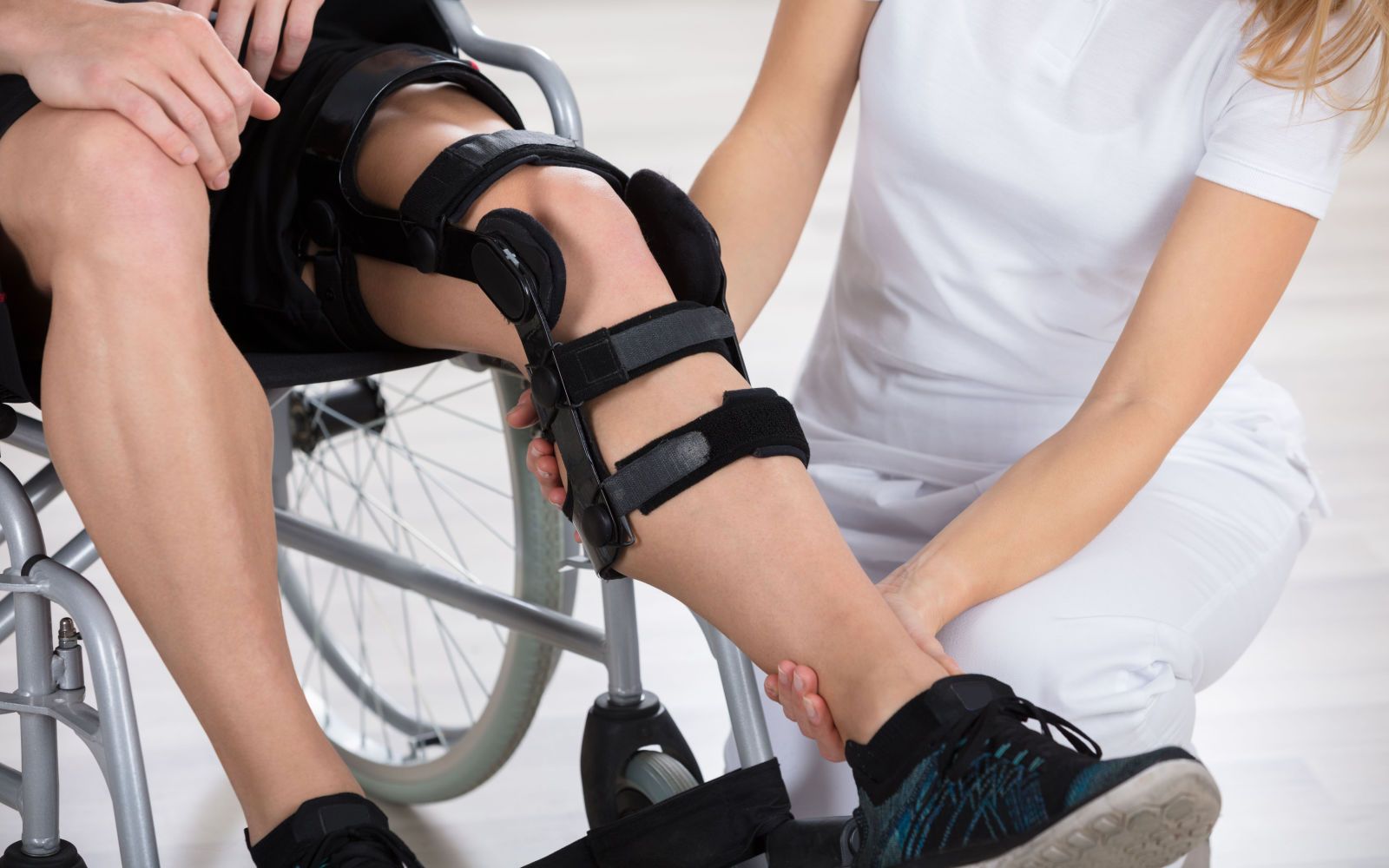Resistance training holds a vital role in sports recovery, helping athletes heal from injuries and improve their general capabilities. When an individual gets injured, their physique requires period to recover. However, during this recovery phase, it is essential to preserve power and flexibility to prevent additional injuries. Strength training can be customized to suit the needs of each individual, focusing on particular muscle groups that may have been affected by the injury. This focused method not only assists in rehabilitation but also readies the athlete to come back to their activity more robust than previously.

One of the main advantages of strength training in rehabilitation is its ability to enhance muscular strength and stamina. When muscles are more powerful, they can better stabilize articulations and minimize the risk of recurrence of injury. For example, an individual recovering from a leg injury can gain from exercises that strengthen the thigh muscles and back thigh muscles. These muscles play a vital part in supporting the knee articulation. By incorporating strength conditioning into their recovery program, individuals can regain their power more effectively and securely.
In addition to developing strength, strength conditioning also enhances flexibility and scope of motion. Many traumas can lead to rigidity in the affected region, making it challenging for athletes to navigate freely. Resistance training workouts often include stretching and elongating the muscles, which can assist reestablish flexibility. For instance, adding resistance straps or weights into stretching programs can enhance the efficacy of these exercises. As flexibility improves, athletes can execute movements more effectively, which is essential for peak performance in their sport.
Another important factor of strength conditioning in athletic recovery is its positive effect on mental well-being. Healing from an trauma can be a challenging and frustrating experience for individuals. Participating in resistance conditioning can offer a sense of accomplishment and enhance confidence. As athletes see improvements visit this website in their power and capabilities, they may experience more motivated to continue their recovery journey. This mental uplift can be just as crucial as the physical benefits, as a optimistic attitude can result to better results in rehabilitation.
Finally, strength training can assist individuals transition back to their activity more seamlessly. Once they have regained their strength and flexibility, athletes need to rehearse activity-specific movements to ensure they are prepared for contests. Strength training can be integrated with activity-specific exercises to create a comprehensive rehabilitation plan. This blend allows individuals to not only recover but also enhance their performance. By concentrating on both rehabilitation and performance, resistance conditioning becomes an essential tool in the rehabilitation journey, helping athletes come back to their activity more robust and more durable.
Comments on “The Essential Impact of Strength Training on Improving Recovery and Effectiveness in Athletic Rehabilitation”